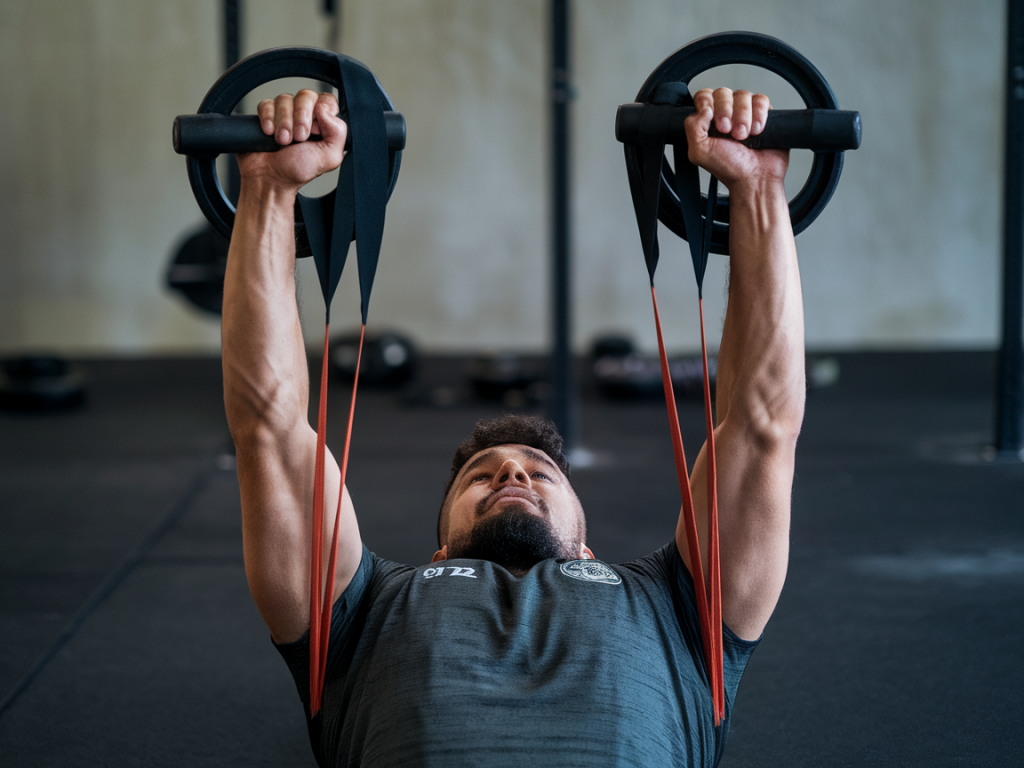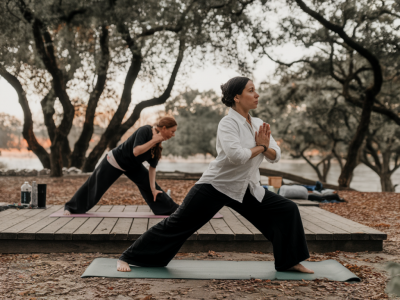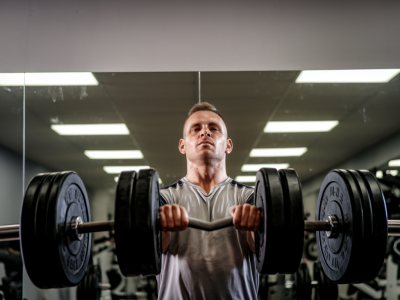
Resistance bands have taken the fitness world by storm, and frankly, I’m not surprised. These compact, versatile tools have completely transformed the way I approach training, and I believe they can do the same for you. If you’re someone who wants to boost their strength and flexibility without relying on bulky gym equipment, resistance bands might just be your new best friend.
What Makes Resistance Bands a Game-Changer?
Let’s start with the basics: resistance bands are lightweight, portable, and incredibly effective for a wide range of exercises. As someone who’s always on the go (whether traveling or simply juggling a busy schedule), I love that I can toss them in my bag and have a complete workout ready to go, no matter where I am.
What really sets resistance bands apart is their ability to engage your muscles in both concentric (contracting) and eccentric (lengthening) movements. This not only helps build strength but also improves flexibility, which is key for long-term mobility and injury prevention. In other words, resistance bands give you the best of both worlds. And the cherry on top? They’re incredibly affordable compared to gym subscriptions or large pieces of equipment.
Strength Training with Resistance Bands
If you think resistance bands don’t pack enough punch for strength training, think again. These elastic wonders come in varying levels of resistance, from light to extra-heavy, making them suitable for beginners and advanced athletes alike.
Here are some of my favorite resistance-band exercises for building strength:
- Banded Squats: Place the band above your knees to create resistance, and feel the burn as your glutes and thighs engage more intensely than in a standard squat.
- Standing Row: Anchor the band to a sturdy object and pull the band towards your chest. This is excellent for strengthening your back and improving posture.
- Bicep Curls: Step on the band with one or both feet and pull the handles upward, just like you would with dumbbells.
- Deadlifts: Loop the band under your feet and hold the ends with your hands to simulate the pulling motion of a traditional deadlift—perfect for your hamstrings and lower back.
What I find exciting about strength training with resistance bands is how they challenge your muscles in ways free weights don’t. Because the resistance band keeps tension during the entire movement, your muscles have to work harder at every phase of the exercise.
Improving Flexibility and Mobility
Strength training is just one piece of the puzzle; flexibility and mobility are equally important for a well-rounded fitness routine. Whether you’re a yoga enthusiast, an athlete, or someone simply looking to move pain-free, resistance bands can help you increase your range of motion and reduce muscle stiffness.
These are a few stretches I swear by:
- Hamstring Stretch: Lie on your back and wrap the band around the arch of your foot. Gently pull your leg toward you while keeping it straight. You’ll immediately feel relief in the back of your leg.
- Shoulder Stretch: Hold the band overhead with both hands and gently stretch it apart, keeping your arms straight. This is perfect for improving shoulder flexibility.
- Hip Flexor Opener: Attach the band to a low anchor point and step into it with one leg. Lean slightly forward to feel the deep stretch in your hip flexors—an absolute must for anyone who spends hours sitting.
- Chest Opener: Grasp the band behind your back and stretch it outward to open up your chest. This is especially refreshing after a long day hunched over a desk.
The beauty of using resistance bands for stretching is the control they provide. You’re able to gently increase the tension as your muscles warm up, making the stretches safe and effective.
Great for Injury Prevention and Rehabilitation
One thing I often get asked is whether resistance bands are suitable for people recovering from injuries. My answer? Absolutely.
In fact, many physical therapists swear by resistance bands for rehab programs because they offer low-impact, controlled movement. If you’ve ever struggled with joint pain, you’ll appreciate how resistance bands allow you to build strength without putting unnecessary strain on your body.
Some low-impact exercises I recommend include:
- Clamshells: Place a band around your thighs and lie on your side. Open and close your legs like a clam to activate your glutes.
- Band Pull-Aparts: Hold the band in front of you and stretch it apart, keeping your elbows slightly bent. This is great for strengthening the upper back and shoulders.
- Ankle Dorsiflexion: Sit with your legs stretched out and a band looped over one foot. Pull the band toward you as you flex your foot. This works wonders for ankle mobility.
Remember, it’s always a good idea to consult a professional before starting any rehab routine. But once you get the green light, resistance bands are a fantastic tool to gently rebuild strength and stability.
How to Choose the Right Resistance Bands for You
If you’re ready to give resistance bands a try, picking the right ones is key. Here are a few tips to help you make your choice:
- Material: Look for latex or fabric bands, depending on your preference. Latex bands are stretchier, while fabric bands tend to stay in place better during lower-body exercises.
- Levels of Resistance: Invest in a set with multiple resistance levels so you can switch bands as you progress.
- Handles or Loop Style: Some bands come with handles for better grip during upper-body exercises, while loop bands are great for exercises like squats and hip thrusts.
Brands like TheraBand, Fit Simplify, and SKLZ offer high-quality options for every fitness level. Personally, I’ve found it helpful to have a mix of loop bands and long bands with handles for maximum versatility.
Resistance bands have honestly changed the way I train, blending strength, flexibility, and injury prevention into one complete package. Whether you're just starting your fitness journey or looking to shake up your routine, I couldn’t recommend them more.

